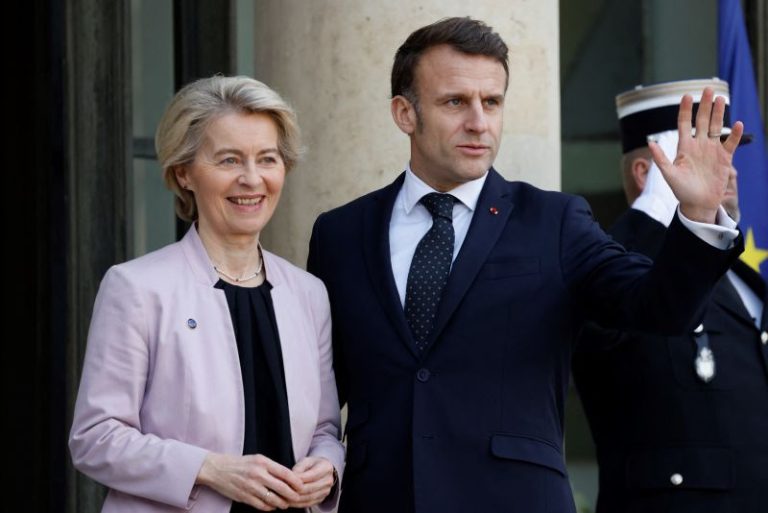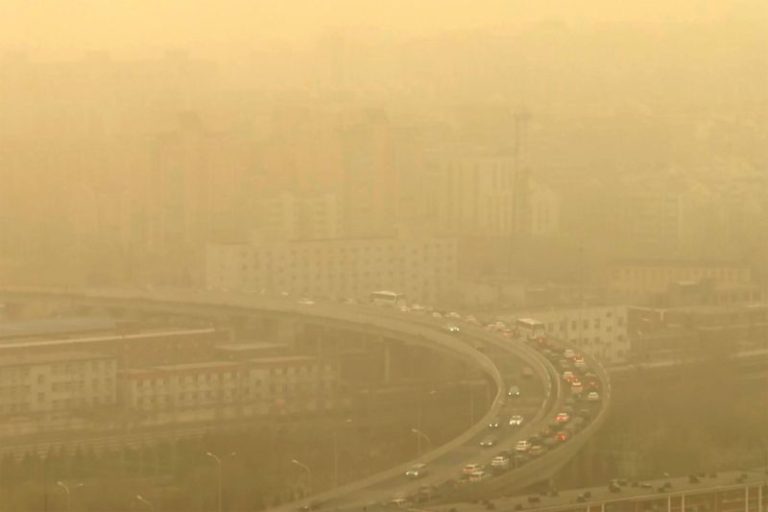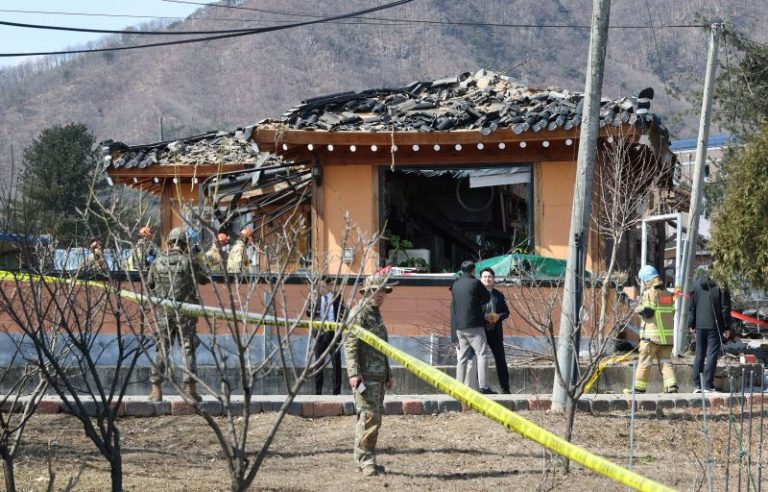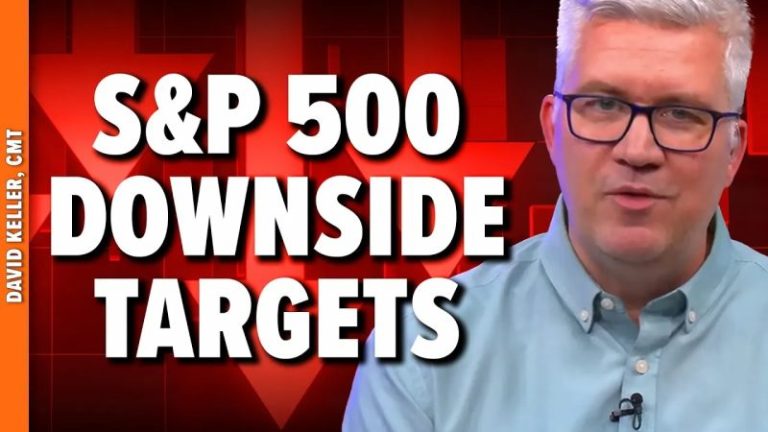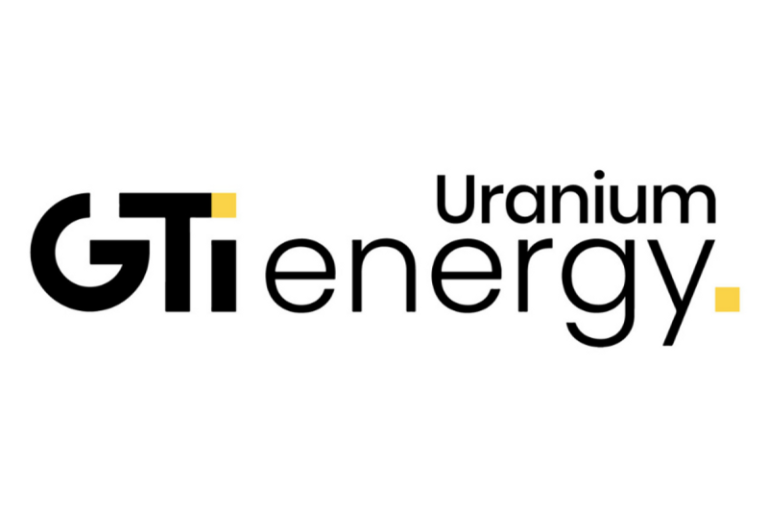European leaders will once again try to grasp control of negotiations over the war in Ukraine on Thursday, in an increasingly frantic tug-of-war against the US and Russia that could be nearing a climax.
Heads of the 27 European Union (EU) nations are meeting at a special summit in Brussels to discuss a path forward in the conflict. But some fear that the involvement of ambivalent countries could derail efforts to put together a peace plan which might satisfy both Kyiv and Washington.
Europe is “entering a new era,” French President Emmanuel Macron admitted in a televised address on Wednesday night, describing an increased weariness over the shift in tone of US President Donald Trump toward Moscow.
“The United States, our ally, has changed its position on this war, is less supportive of Ukraine and is casting doubt on what will happen next,” Macron warned.
Thursday’s meeting is the latest in a string of sessions aimed at finding a ceasefire deal with Ukraine’s support before the US and Russia force one on Kyiv. A Sunday summit in London saw some progress: UK Prime Minister Keir Starmer said a small group of European nations would work with Ukraine’s President Voldoymyr Zelensky on a ceasefire proposal, then present it to the US – a workaround that might avert another meltdown in relations between Trump and Zelensky.
Zelensky said on Telegram Wednesday that Kyiv and Europe “are preparing a plan for the first steps to bring about a just and sustainable peace. We are working on it quickly. It will be ready soon.”
But Thursday’s EU-wide meeting has a key difference: It involves every nation in the bloc, not just the countries who opted to attend Starmer’s summit. And some countries are neither willing nor interested in supporting Ukraine’s fight for survival.
Hungarian Prime Minister Viktor Orban has repeatedly resisted calls to support Kyiv militarily. Unlike most of his European counterparts, he supported Trump following the president’s argument with Zelensky, writing on X: “Strong men make peace, weak men make war.”
Sharing the burden
Reaching an agreement on that will prove difficult. Without singling any countries out, the diplomat highlighted how the countries that aren’t paying their “fair share” when it comes to Ukraine are also usually failing to spend over 2% of their gross domestic product on defence.
Some serious progress is nonetheless expected. European Commission President Ursula von der Leyen announced a plan to rearm Europe in the build-up to the summit, and said the bloc could mobilize funds up to 800 billion euros ($862 billion) to achieve it. “We are in an era of rearmament,” she said in a statement Wednesday.
“The question is no longer whether Europe’s security is threatened in a very real way,” she added. “Or whether Europe should shoulder more of the responsibility for its own security. In truth, we have long known the answers to those questions.”
There are immediate discussions taking place too: including on what the peacekeeping force deployed to Ukraine to uphold a potential ceasefire might look like. First proposed just two weeks ago, the force has quickly morphed from an idea to an apparent condition of any deal.
But the official said Eastern European states that neighbor Russia were concerned that contributing to the force might leave their own borders vulnerable – a fear that Poland has been particularly open about since it was first raised.
“European NATO has about 5,000 kilometers (3,100 miles) of eastern border, so you don’t want to empty the eastern border,” the official said. “Most likely the boots on the ground, if there is to be such a component, will not come from countries like Finland or Poland who are frontline countries already and need to keep the boots on their own ground.”
The official said it was a “reasonable assumption” that most of the troops would come from Britain, France and Turkey.
The official said a timeline for confidence-building measures was under discussion, but said it might prove “challenging” for a limited ceasefire in Ukraine and prisoner swaps to begin by Easter. Agreeing and implementing a full-blown ceasefire across the whole front line in that timeframe would be “completely unrealistic,” they added.
Zelensky will attend Thursday’s meeting in Brussels. He has been welcomed warmly by European leaders at recent meetings in Paris and London, a dramatic contrast to his frosty reception at the White House. But on Thursday, there will be more ambivalent faces in the crowd.

